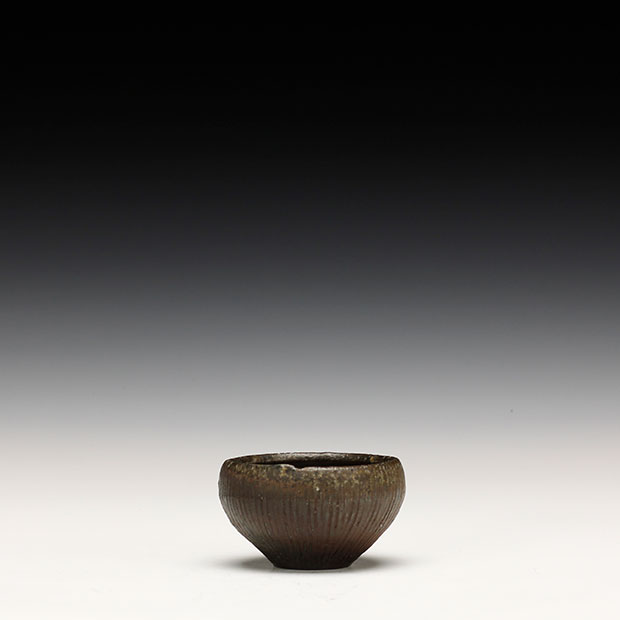Biography
Samuel Johnson was born on the Eastern prairie of the Red River Valley in 1973. After studying painting and ceramics at the University of Minnesota at Morris, he served a three and half year apprenticeship in pottery under Richard Bresnahan. In 2000, he was invited as a guest of Denmark's Design School to study Scandinavian Ceramic Design in Copenhagen; while also working at the International Ceramic Center in Skaelskor and as an assistant in private porcelain studios. After working for a short period in a studio in New York, he traveled to Japan as a studio guest of Koie Ryoji. In 2005, Johnson earned graduate degrees in fine arts from the University of Iowa. He currently serves on the Board of Directors for Artaxis.org, an international artist organization, and is a Professor of Art at the College of Saint Benedict and Saint John's University in Central Minnesota.
Artist Statement
I wasn't initially drawn toward making unglazed utilitarian pottery with dark surfaces, but over time, I began to see this as a way to evoke a sense of mystery and stillness. Both seemed an effective response to a culture which celebrates quick and insignificant revelations. My work is also imprecise. When shaping a vessel, I might use a tool to scrape or beat a form that may otherwise seem rigidly structured and symmetrically balanced. Sometimes small stones in the clay crack and burst through the surface. The clay and fire are both irregular and have natural forces. But when one thinks about it, so are we. We have capacity for reason and mathematical precision and yet are also half wild, full of biological and spiritual mysteries which drive our impulses despite existing, often, beneath consciousness. Poets refer to this as shadow - those aspects of our personality, our humanity, which are hidden from us.
My work is dark and rustic, evidence of both the process of shaping wet clay and its transformation through fire. They were placed within a wood burning kiln, and over the course of a firing, marked by wood and heat, melting ash and charcoal. The resulting patina of natural hues and irregular textures creates quiet surfaces that seem more like shadows than scorched earth. This work strikes a balance between wild and mysterious parts of ourselves and the part of our psyche that sets us apart from them.
 $50
$50
 $50
$50